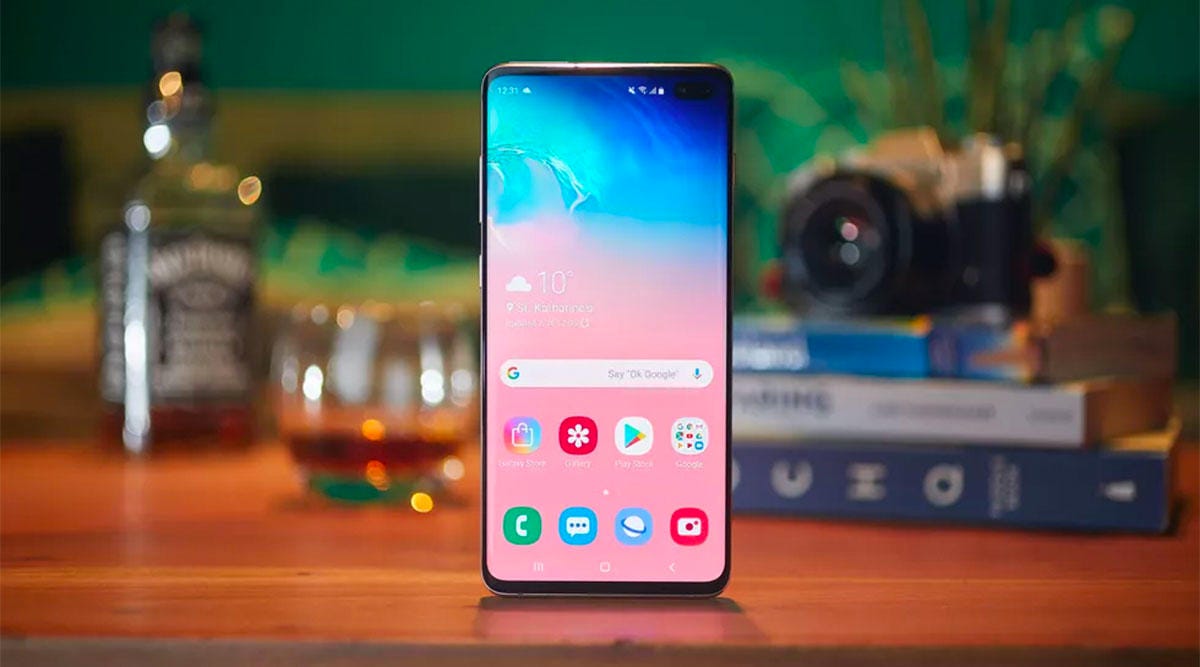Is Your Android Slowing Down? Speed It Up With These Tips

Tips to Revive Your Android Phone and Extend Its Lifespan
If you've noticed that your Android phone has started to slow down, there's no need to panic. While it may not be as new as it once was, there are several effective ways to boost its performance and delay the need for a new device. By making a few small adjustments, you can significantly improve your phone’s functionality and keep it running smoothly for longer.
One important step is to maintain a consistent cleaning routine. Believe it or not, your phone can be dirtier than a toilet seat. Regular cleaning can help prevent dust and debris from affecting your device’s performance.
Remove Unused Applications
Start by going through your home screen or app drawer and uninstalling any apps you no longer use. These apps not only take up valuable storage space but also have access to personal information and permissions you granted when you first installed them.
The process of deleting an app can vary depending on your device manufacturer, but there are general steps you can follow. If you don’t see an uninstall option after long-pressing an app icon, check online resources for specific instructions tailored to your device.
Free Up Storage Space
After removing unused apps, it's time to clean up files that have accumulated over time. It's easy to forget about downloaded files like takeout menus or GIFs sent by friends. These files can quickly add up and take up significant storage space.
Most Android devices come with a pre-installed file manager app, such as My Files on Samsung, Files on Pixel, or File Manager on OnePlus 10 Pro. Open this app and start by checking the Downloads folder. Delete any files you no longer need or move them to cloud storage like Google Drive.
Some file managers also allow you to identify large files taking up space. For example, the OnePlus 10 Pro’s File Manager includes a dedicated section for managing large files.
Customize Your Home Screen
Android offers extensive customization options, allowing you to personalize the look and feel of your phone. From changing app icons to using different launchers, there are many ways to give your device a fresh appearance.
Begin by exploring the home screen settings available on your device. Long-press on a blank area of your home screen and select "Home Settings" or a similar option. Adjust settings such as the size of the app grid. Even small changes, like switching from a 4x5 grid to a 5x5 grid, can make a noticeable difference in how your phone looks and feels.
You can also adjust other settings, such as swiping down on the home screen to view notifications instead of swiping from the top of the screen.
Optimize Device Settings
Take some time to go through your device settings and make necessary adjustments. There are various settings you can tweak to enhance your experience. For instance, enabling dark mode not only improves the visual appeal of your phone but also helps save battery life.
Other useful settings include turning off automatic app icon appearances on your home screen. These small changes can significantly impact your overall user experience.
Review Privacy Settings
Before wrapping up, take a moment to review your privacy settings. Open the Settings app, then navigate to Privacy > Permissions Manager. Go through each category to see which apps have access to your personal data. If you find an app that doesn't need access to your location, contacts, calendar, or camera, turn it off.
This process may take a little time, but it's well worth the effort to ensure your personal information remains secure.